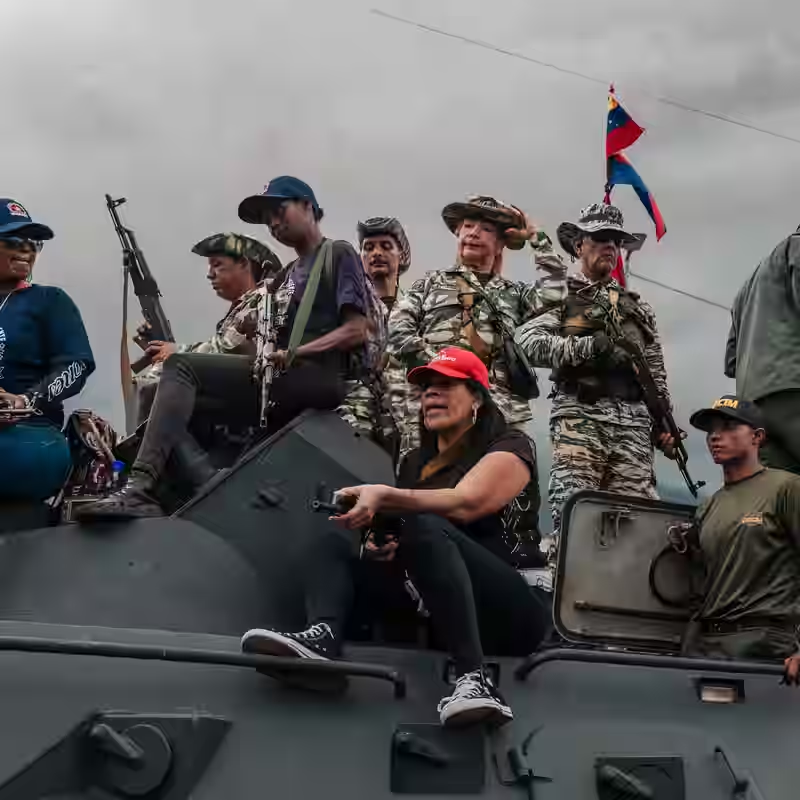Tension at Sea: U.S. Naval Presence Sparks Anxiety in Venezuela
In a dramatic escalation of geopolitical tensions, U.S. Navy warships have taken position just off Venezuela’s northern coastline—prompting widespread fear among citizens and speculation about possible military intervention. A recent on-the-ground visit by The New York Times reveals a nation caught between dread and fragile hope as it braces for what may come next .

Why Are U.S. Warships There?
While the Pentagon has not confirmed explicit plans for military action, the deployment coincides with rising concerns over Venezuela’s political instability, alleged drug trafficking networks, and deteriorating humanitarian conditions. U.S. officials cite the need to “monitor regional security” and “deter illicit activity,” but many Venezuelans interpret the move as a prelude to intervention .
Voices from the Ground
In Caracas and coastal towns like La Guaira, residents describe a palpable sense of unease:
- Maria López, 42, schoolteacher: “We’ve lived through sanctions and blackouts. Now this? It feels like the calm before the storm.”
- Juan Rivas, fisherman: “I saw the ships myself. They’re huge. What are we supposed to do—keep fishing while warships hover?”
- Carlos Méndez, opposition activist: “Some hope the U.S. will finally remove Maduro. Others fear it’ll only bring more chaos.”
Venezuela by the Numbers: Crisis Context
| Indicator | Statistic (2025) |
|---|---|
| Annual Inflation Rate | 180% |
| Population Living in Poverty | 76% |
| U.S. Sanctions in Place Since | 2017 |
| Distance of U.S. Warships from Coast | ~12 nautical miles |
Historical Echoes
This is not the first time Venezuela has faced the specter of U.S. military involvement. In 2019, President Trump openly discussed a “military option” against Nicolás Maduro’s regime. While no action followed, the current naval deployment—amid a fragile political transition and upcoming regional elections—has reignited those fears .
The Maduro government has condemned the U.S. presence as “imperialist provocation” and activated its coastal defense units. Meanwhile, regional allies like Colombia and Brazil are urging de-escalation, warning that any military move could trigger a humanitarian catastrophe across Latin America.
What Comes Next?
Analysts suggest three possible scenarios:
- Diplomatic Pressure: The warships serve as a show of force to push for democratic reforms.
- Targeted Operation: Limited action against drug cartels or sanctioned officials.
- Full Intervention: Unlikely but not impossible if violence escalates or U.S. interests are directly threatened.
For now, ordinary Venezuelans wait—stocking food, charging phones, and watching the horizon.




